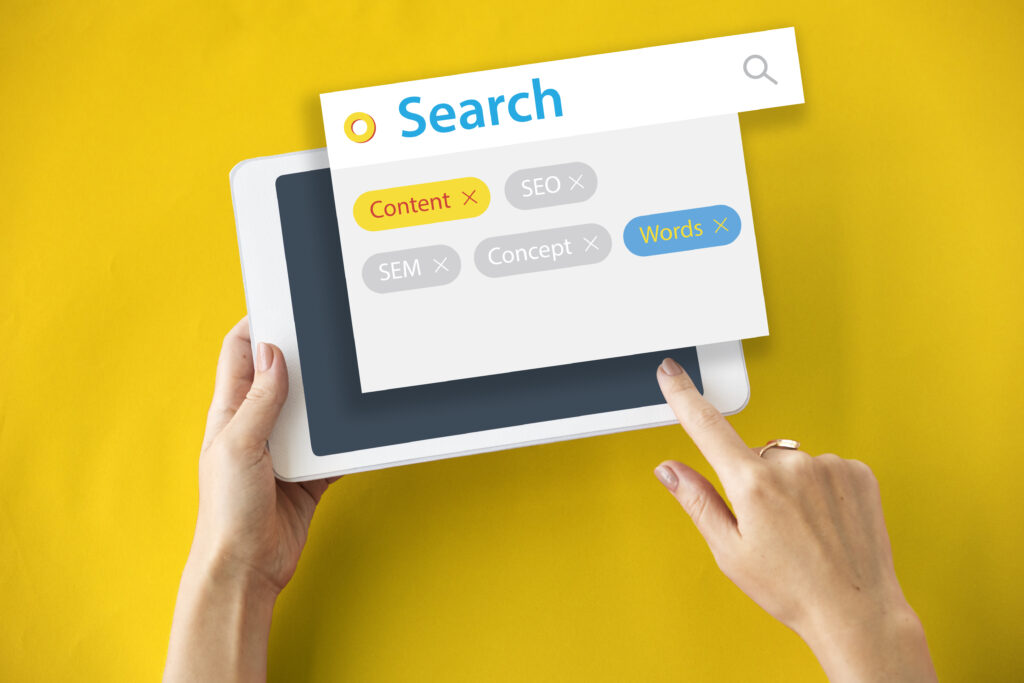In the ever-evolving digital landscape, where information is abundant yet often scattered, a resource page serves as a curated knowledge hub. Whether you’re a brand, a blogger, or a business, having a well-structured resource page can help you establish credibility, attract organic traffic, and build meaningful connections within your industry.
But what exactly is a resource page, and why do so many SEO professionals and marketers prioritize it as a key content strategy? Let’s dive deep into its purpose, benefits, and how to create a powerful one that stands out.
1. Understanding What a Resource Page Is
A resource page is a webpage that compiles a list of helpful links, tools, guides, or references related to a particular topic. It’s designed to help visitors find relevant, high-quality resources in one place.
For example, if you run a website on digital marketing, your resource page could include:
- Links to top SEO tools
- Guides on keyword research
- Social media strategy templates
- Industry reports or eBooks.
Essentially, it acts as a knowledge hub that directs users to valuable content—either on your site or from trusted external sources.
2. Why Resource Pages Matter in Digital Marketing
Resource pages are not just link directories. They enhance user experience, support SEO performance, and boost brand authority when used strategically.
Here’s why they’re so valuable:
a) Improved User Experience
Visitors love pages that simplify their search for information. Instead of navigating multiple websites, they can access everything from one curated location.
This reduces bounce rates and increases time-on-page, both positive signals for search engines.
b) SEO and Link-Building Potential
From an SEO perspective, resource pages are goldmines. They often attract reciprocal links since they’re known for linking to high-quality external sites. Additionally, other sites love linking to comprehensive resource lists, which helps earn backlinks naturally.
c) Building Industry Authority
When you provide valuable, unbiased recommendations, people start viewing your brand as an authority in your niche. That trust translates into higher engagement and conversions.
d) Supporting Internal Linking
Resource pages can strategically link to your articles, case studies, or service pages — improving the internal link structure and helping users explore your website further.
3. Types of Resource Pages
There’s no single template for creating a resource page. The structure depends on your goals and audience. Here are a few popular types:
a) Educational Resource Pages
These are perfect for marketing, health, finance, or education industries. They include tutorials, whitepapers, eBooks, and guides that help users learn about a topic.
Example:
“Ultimate SEO Learning Hub – From Keyword Research to Link Building.”
b) Tool and Software Resource Pages
Focused on listing useful tools or platforms that make specific tasks more manageable.
Example:
“Top Tools for Content Creation and Analytics in 2025.”
c) Curated Link Lists
These simple yet powerful pages compile the best articles, blogs, or studies on a subject.
Example:
“The Best AI SEO Guides and Research Papers to Read This Year.”
d) Brand Resource Pages
Some businesses use resource pages to share brand materials such as logos, media kits, or press releases with partners and journalists.
e) Community Resource Pages
These pages link to forums, discussion groups, or events where people in the same field can connect and exchange ideas.
4. How to Create a High-Quality Resource Page
Creating a good resource page takes more than just adding links. It should be organized, user-friendly, and SEO-optimized. Here’s how to do it step-by-step.
Step 1: Define the Purpose
Decide what your resource page will focus on. Are you trying to educate users, promote tools, or support your brand’s authority?
Step 2: Research and Curate High-Value Links
Only include trustworthy and updated sources. Make sure all links lead to credible sites with helpful content. Outdated or broken links can damage your SEO reputation.
Step 3: Organize Your Content
Structure your resources under clear categories or headings.
For example:
- SEO Tools
- Content Marketing Guides
- Social Media Resources
- Analytics Platforms
This helps users navigate easily and encourages them to explore more.
Step 4: Write Short Descriptions
Don’t just drop links — provide summaries (1–2 lines) describing what each resource offers. This enhances user engagement and keyword relevance.
Step 5: Optimize for SEO
Use proper meta titles, headers, and alt tags. Include internal links to your own relevant pages. Target long-tail keywords like:
- “best SEO tools list”
- “digital marketing resources”
- “free content marketing templates”
Step 6: Keep It Updated
Review your resource page regularly. Replace broken links, add new resources, and remove outdated ones. A frequently updated page signals to Google that your website is active and reliable.
5. Benefits of a Well-Crafted Resource Page
Look at a resource page’s advantages to your website and brand.
a) Generates Organic Traffic
Resource pages often attract users searching for specific tools or guides. Because they’re content-rich and keyword-optimized, they can rank highly in search engines.
b) Attracts Natural Backlinks
Websites, bloggers, and educators love referencing useful resource lists. This helps you earn quality backlinks organically boosting your domain authority.
c) Builds Trust with Your Audience
Offering free, helpful information creates goodwill. Visitors see your brand as helpful and unbiased, increasing their likelihood of becoming loyal customers.
d) Encourages Social Shares
People love sharing comprehensive lists and guides. This amplifies your visibility across social platforms and strengthens your online presence.
e) Enhances Brand Authority
When you curate valuable industry information, you demonstrate expertise, positioning your brand as a leader.
6. Common Mistakes to Avoid
Even though resource pages seem simple, certain pitfalls can reduce their impact.
Adding Too Many Low-Quality Links
Quantity doesn’t equal quality. Linking to irrelevant or spammy websites can harm your SEO credibility.
Ignoring Design and Readability
If your resource page is cluttered, visitors will leave quickly. Use lists, bullet points, and visual hierarchy to make it easy to read.
Failing to Update Regularly
Outdated links frustrate users and weaken your SEO. Set a reminder to audit your resource page every few months.
Over-Promoting Your Own Content
A good resource page should balance internal and external links. Overly self-promotional pages lose trust.
7. Example Structure of an Ideal Resource Page
Here’s what a clean and effective resource page layout might look like:
H1: Ultimate Digital Marketing Resources 2025
Intro: A short paragraph explaining the page’s purpose.
H2: SEO Tools
– Google Search Console – Free tool to monitor and improve your website’s search presence.
– Ahrefs – Comprehensive platform for backlinks and keyword analysis.
H2: Content Marketing Resources
– HubSpot Blog – Guides and templates for content strategy.
– Wildnet Technologies Blog – Expert insights on AI SEO, content marketing, and link building.
H2: Social Media & Analytics
– Buffer – Schedule and manage social media posts.
– Google Analytics – Track your traffic and conversions effectively.
This format ensures clarity, organization, and SEO value.
8. The Role of Resource Pages in Long-Term SEO Strategy
A resource page isn’t a one-time project; it’s a long-term asset. Over time, it can:
- Consistently attract organic visitors.
- Generate backlinks without constant outreach.
- Build brand visibility and trust.
- Serve as a lead magnet when combined with free downloads or newsletters.
That’s why many top-performing websites treat their resource pages as part of their core SEO strategy, not just an optional feature.
How Wildnet Technologies Can Help
Building an effective resource page requires combining SEO knowledge, user experience design, and content strategy. At Wildnet Technologies, we specialize in helping businesses create content ecosystems that drive engagement and authority.
Our team not only designs user-focused pages but also integrates them into comprehensive strategies that support growth, lead generation, and visibility all under one umbrella of excellence in Digital Marketing Services.
10. Final Thoughts
A resource page is more than just a list of links it reflects your brand’s credibility and expertise. When built thoughtfully, it enhances SEO, builds backlinks, and delivers lasting value to your audience.
Whether you’re aiming to educate, promote tools, or establish authority, investing time in creating a strong resource page can yield long-term benefits that keep compounding over time.
FAQs About Resource Pages
Ques 1. What is the primary purpose of a resource page?
Ans. A resource page helps users find trusted, high-quality information and tools related to a specific topic — all in one place.
Ques 2. Do resource pages help SEO?
Ans. Yes. They naturally attract backlinks, improve internal linking, and signal authority to search engines.
Ques 3. Should I include external links on my resource page?
Ans. Absolutely. Linking to credible external sources builds trust and provides value to your audience.
Ques 4. How often should I update my resource page?
Ans. Ideally, it should be reviewed every 3–6 months to replace outdated content and add new resources.
Ques 5. Can small businesses benefit from resource pages?
Ans. Even small brands can use them to build authority, attract traffic, and connect with their target audience.
Read More






